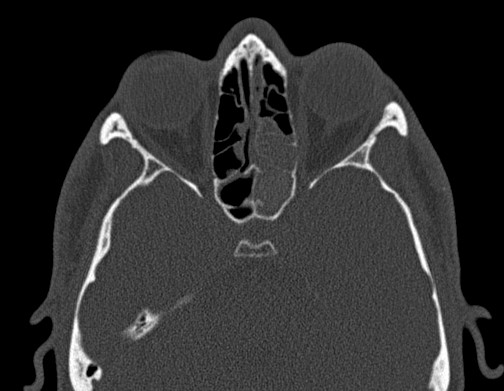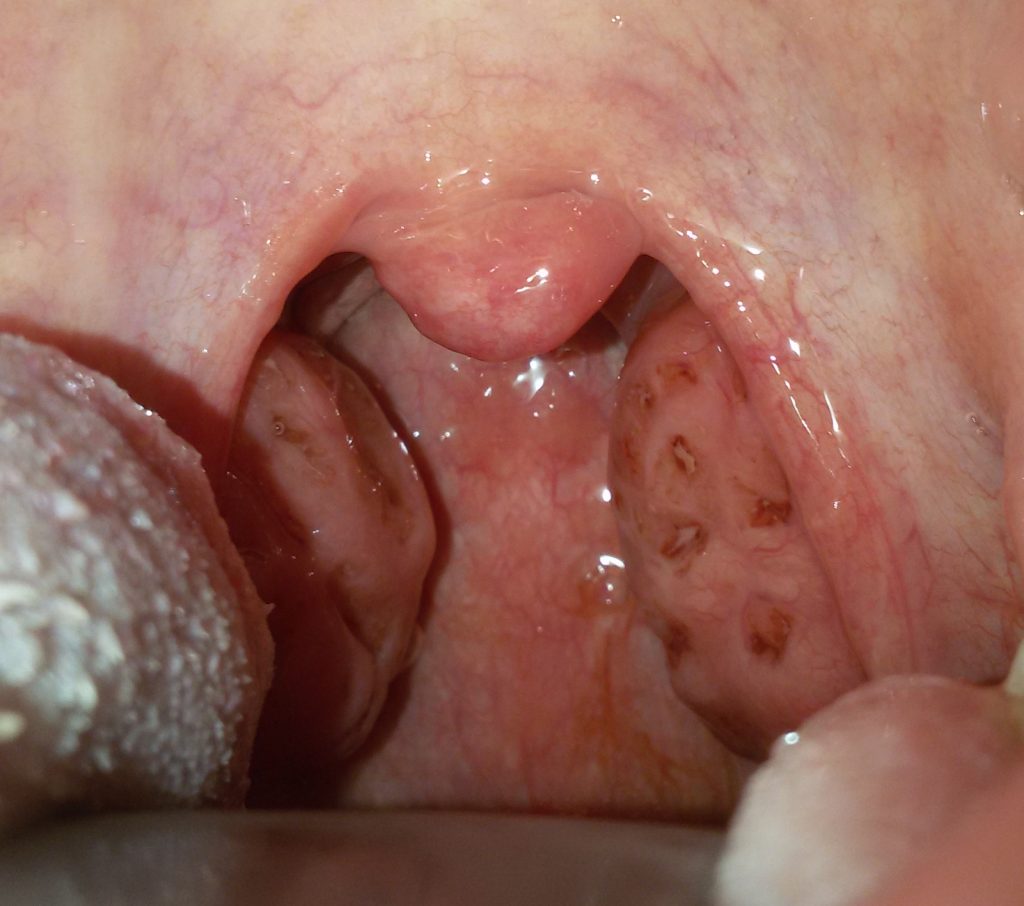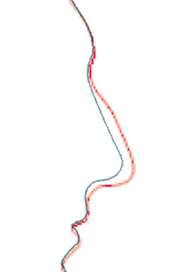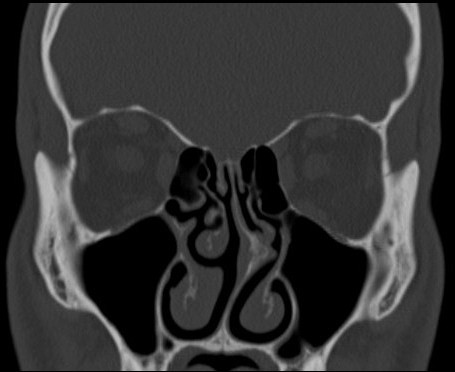’ is the intervention of parotidectomy partial or total removal of the Parotid gland.
Parotid gland tumors is made especially to remove both benign and malignant. Only rarely do the problems of Parotid salivary calculi (scialolitiasi) require ’ ’ gland excision and the intervention of parotidectomy.

Engraving
There are several types of engraving which can be used for ’ intervention of parotidectomy.
L ’ most common incision is that according to Redon: you make a cut before all ’ ear starting from the root of ’ elice, go down until dell ’ ear lobe and then climb going back all ’ ear then turn back and go l ’ incision in the neck.
A variant is one that combines the previous incision with removal of wrinkles (facial lift): you make a cut before all ’ ear starting from the root of ’ elice, go down until dell ’ ear lobe and then climb going back all ’ ear, Unlike the previous incision, the denomination takes up all ’ the base of the scalp and then descends while remaining adjacent to the ’ base of the scalp, in this way the hair will cover l ’ incision. Continue reading


 Rhinoplasty is the surgery that allows ’ aesthetic nose correction.
Rhinoplasty is the surgery that allows ’ aesthetic nose correction.









